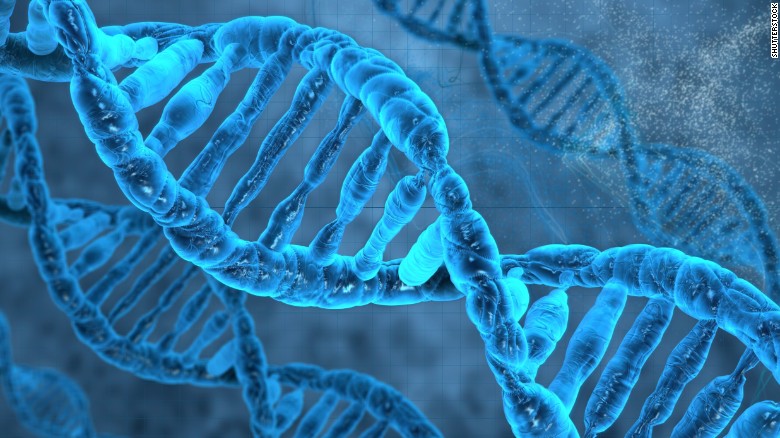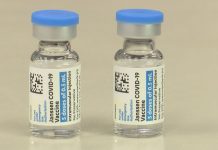A popular gene-editing technique called CRISPR–Cas9 has been adapted to bind to and track RNA in living cells.
Medical science may have just taken a major step toward curing diseases including cancer, autism, HIV and more by manipulating cells using a novel gene-editing tool, according to results of a recent study published in the journal Cell.
The tool, known as Clustered Regularly Interspaced Short Palindromic Repeats, or CRISPR-Cas9, allows researchers to isolate and edit messenger RNA and deliver specific genetic instructions from the cell’s nucleus to make new proteins, said study author Gene Yeo, PhD, of the University of California, San Diego, and his colleagues.
“It opens up a new area of thinking about manipulating genes and disease,” Yeo told Discovery. “In many diseases you cannot edit the genome, you can break the genome into pieces. But here we are doing transcription engineering or editing. That’s quite exciting.”
The new tool could prove to be effective in treating diseases linked to defective RNA, which have previously been untreatable.
But the gene-editing abilities of CRISPR-Cas9 have some worried about ethical issues associated with potential uses such as genetically altered physical features and even custom-edited personality traits, with the National Academy of Sciences already drafting ethical guidelines for the rapidly-evolving field of gene-editing.













